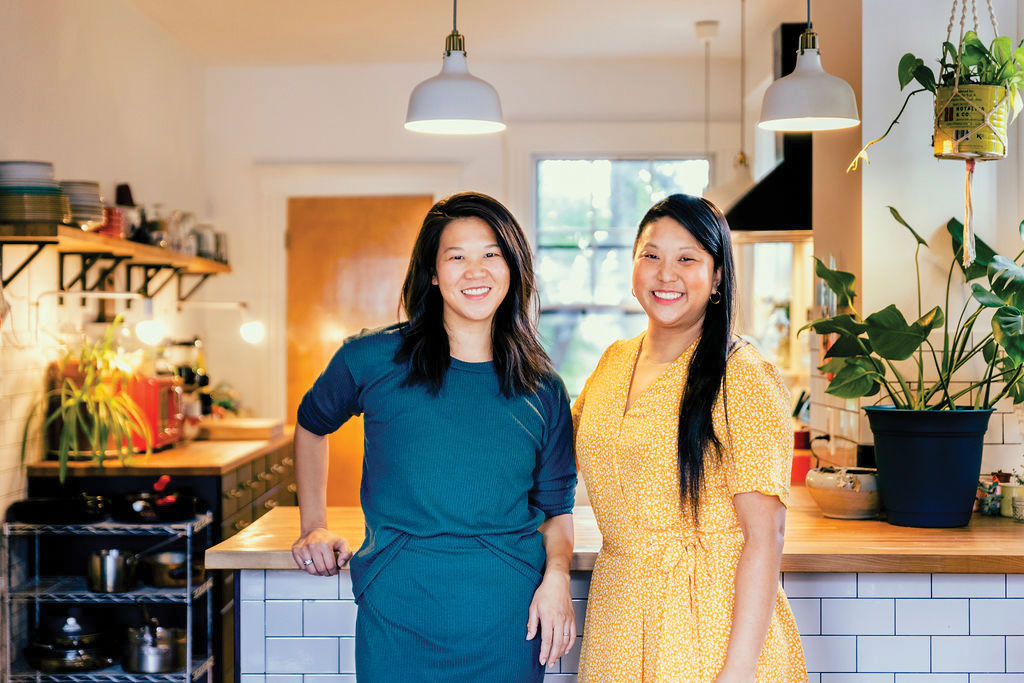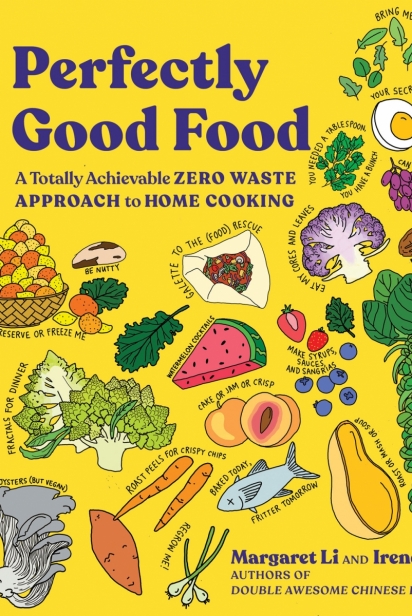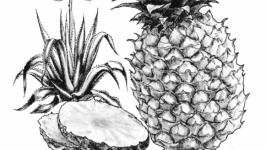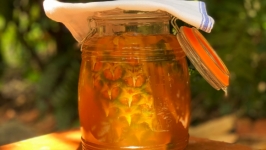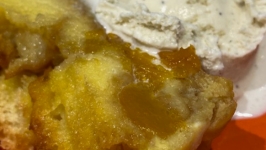Want to reduce food waste? This new cookbook shows how
Your weekly visit to the farmers market was extra productive: lots of greens, ripe heirloom tomatoes, bunches of those super-sweet local bananas, and all that summer squash (at a discount). And those baguettes! The neighbor left a huge ripe papaya on the doorstep.
One week later, you’re looking at a fridge filled with tired greens, untouched squash and half of that papaya, with no plans in sight. What to do?
Envisioning just this scenario, Irene Li and Margaret (Mei) Li have written Perfectly Good Food: A Totally Achievable Zero Waste Approach to Home Cooking, a practical cookbook to help home cooks cut down on food waste. They want to help readers get better at swapping, substituting and relying on their senses; try new combinations and different flavors; become more organized and efficient in the kitchen; and shop in order to buy less and use more.
The sisters, who co-founded a food truck and restaurant that’s now a dumpling company in Boston, learned from experience how to handle food waste on a large scale.
“Chefs are organized – we want to bring that into home kitchens,” says Mei. In their restaurant, Mei Mei, their chefs strategically use every edible part of a plant or animal and work closely with farmers and producers throughout the local food system. “We see the immense amount of love, care and effort that goes into producing food,” they say in their book. “No one wants all that hard work to go to waste.”
Irene still runs the dumpling restaurant, while Mei focuses on the home-cooking aspect of reducing food waste. Mother to two young children, she advocates using freezer bags for uneaten fruits and veggies that accumulate. Cultivating a more flexible attitude helps, too. “Leftover pasta? Turn it into baked pasta. Leftover rice is better for fried rice.”
Food labeling and dates on packaging are often misunderstood by consumers, she says. “Expiration dates on packaging represent peak quality, not food safety. Use your senses – eyes, nose and common sense – to check if food is safe. Check deli items, but “if it’s a pantry item, it’s going to be fine,” she says.
Whatever your goal – reducing grocery bills, becoming a better chef or cutting down on what goes into the landfill – this book shows sensible ways to do your part.
Mei’s Favorite Tips
Co-author Mei Li uses these methods to reduce food waste in her household.
• Create an Eat Me First box for the fridge, making a visible place for a half-eaten apple or a cut-up lemon. “I use a ceramic crock.”
• Use freezer bags for leftovers and scraps. Here are three essentials:
• Smoothie bags, especially with kids, for leftover fruits like a half-eaten banana. “My son Lewis drinks a lot of smoothies.” During the interview, the four-year-old piped up, “ Bananas are sweeter when they have brown!”
• Stock bag: chicken bones, ends of onions, carrot peels. “They’re still full of goodness but not going into the food you’re making. I put a bowl on the side of the cutting board,” she says.
• Garlic, ginger, onion: when you don’t want to do any more chopping, put them in the food processor with some oil, flatten, freeze, and cut into cubes.
• Be open to new ways of doing things. Cooked cucumber? Carrots in smoothies? Be flexible.
• Compost! “It’s getting used up. No organic good waste goes into the landfill.”
Label everything. Keep Sharpies and painters tape by the fridge and freezer.


